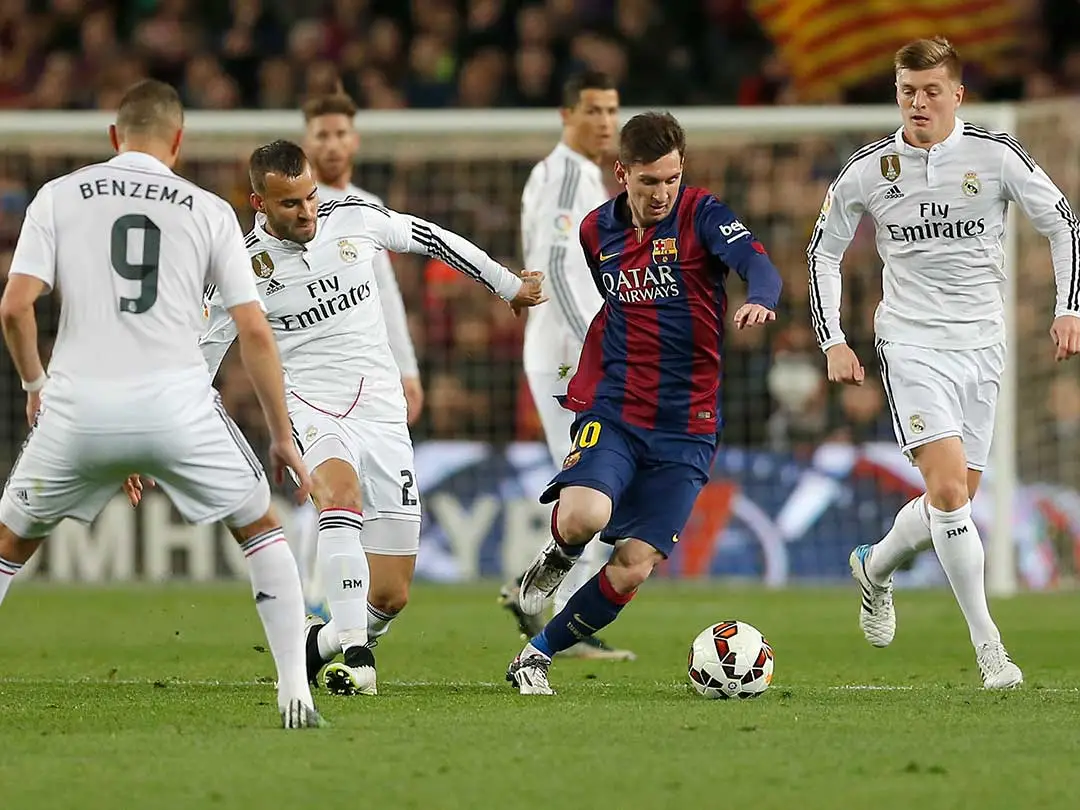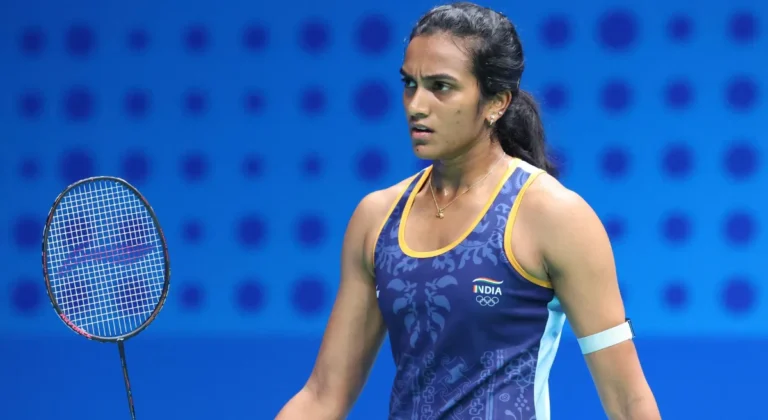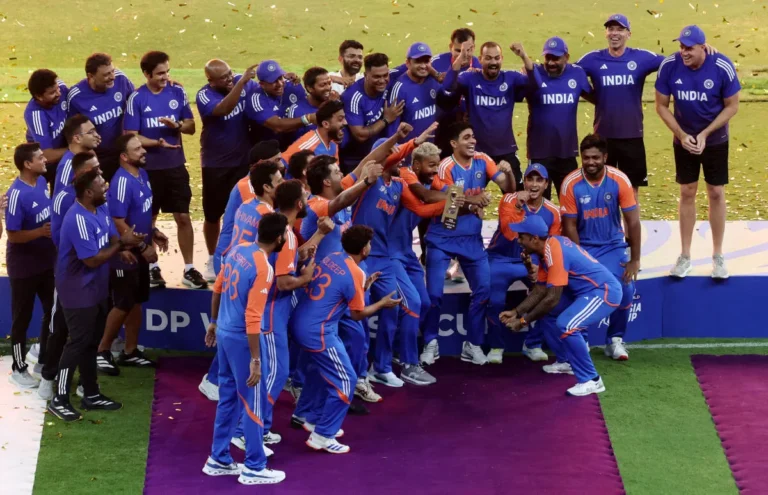Football Trends 2025: 5 Key Changes Shaping the Game

Football in 2025 is evolving ever more quickly. With technology making footballing decisions, tactical ideas presenting changes to the field and global competitions creating fresh opportunities, the sport is entering a phase of evolution. Fans are also part of this evolution, as their expectations and subsequent engagement create pressure for change. Here are the five trends most prominent in football this year.
1. Tactical Evolution: Premier League Style
The Premier League has always been a tactical contest, but there can be no question that in 2025, tactical evolution has accelerated even faster than ever. Managers are now working with tactics that favour speed, precision, and unpredictability to a higher degree than ever before.
Flying full-backs are becoming commonplace in attack, one of the more unorthodox tactical plays has become the long throw used now as a bona fide chance to score, and counter-attacking football has accelerated. Now we are seeing the ripples of the game’s evolutionary ideas in play which has seen the “Lavolpiana” system adopted which involves defensively minded midfielders dropping deep between central defenders to kickstart attacks. This framework provides for teams to feast-off opposition possession while ensuring teams retain explosiveness in formulation.
Liverpool provide an example of this evolution on display, always the masters of notorious late resurrections in games they have increased art of scoring goals in last minutes of matches into tactical manoeuvre in tick-tocking the time it takes are teams into the hour to score to sum the home fans moving them to the edge of their seats of news updates to watch scores until the last minute of their advertisement marathon episodes.
2. The Ascendance of AI and Data
Football is not only decided on the grass, it is formed in the cloud. Artificial intelligence and advanced data analytics are now central to the operation of the clubs. From scouting for hidden gems in lower leagues to assessing opponents’ game behaviors AI is now forming smarter, sharper strategies.
Player performance data is powerfully aggregated in real-time data streams giving coaches the ability to respond instantaneously to on-field tactics. Clubs are using predictive analytics to prevent injuries and monitor player workloads in light of demanding calendars.
This technology approach is also applicable beyond the teams but changing fan engagement. AI supercharged breakdowns are included in match previews, tactical analysis and news coverage of live sport giving audiences an understanding of the game. The future of football tactics strategy will be powered by data and if 2025 is an indication of its power then this is just the beginning.
3. More experiences are demanded by fans
The digital age is a period of opportunity and challenge for fans. With rights owned by various media outlets, many fans have experienced subscription fatigue. Clubs are trying to make football more available, and they are trying to make football more interactive for their supporters around the world.
Global streaming opportunities for _FREE_ matches are being delivered to fans worldwide–notably through the likes of major tournaments such as the new FIFA World Cup. Initiatives such as social media campaigns, virtual meet-and-greets, and behind-the-scenes content have taken shape to make sure that fans felt engaged beyond the matchday experience.
Additionally, there has been an increased focus on women’s football, as well as competitions at the grassroots level. Many stories from local leagues and activities at smaller clubs have gained a foothold, based on the community aspect of football. Fans want more than matches; they want connections and real stories, as this trend continues to grow in 2025.

4. The Golden Age of Club Competitions
This year marks the dawn of a new golden age for club football. The expanded FIFA Club World Cup, now consisting of 32 teams, has evolved into a global entertainment event, attaining record attendances and viewership numbers across digital platforms.
In connection, reformed Champions League formats and new continental-based tournaments have expanded the competitive landscape to clubs around the world. These tournaments are also rethinking the global football schedule so clubs can find new ways to play each other as rivals from different continents.
This creates more live sports journalism, congested schedules, and endless narratives to entertain fans all season long. There has never been a time when clubs have a bigger platform to showcase their talents to a global audience.
5. Kit Culture Takes an Off-White Turn
Fashion and football have long enjoyed a strong relationship, but what is happening in 2025 is a major transformation of kit culture. Clubs are slowly, but surely abandoning their traditional dark black or gold kits and gradually transitioning to an off-white color with embossed patterns. These premium fashion forward options are challenging the categorization of attire as either sportswear or lifestyle apparel.
To the fans, kits are now more than what you wear to a match—but rather a fashion statement. Collaborations with fashion designers and streetwear brands are bringing some unique collections that appeal to the hardcore and ad-hoc supporters alike, demonstrating the and evolution of football culture beyond the pitch.
Conclusion
Football in 2025 will also be characterized by tactical creativity, AI enhanced thinking, Fan first strategy, expanded global competitions and a developing sense of culture. An exciting late goal, the latest off-white kit football is emerging with a sense of balance between tradition and modern marvel.
The beautiful game is no longer about watching the full 90min of game time, rather the experience of a data enhanced contemporary modern sport. Checking your live sports news to see what the score is during the latest match day, and when your favorite kit is released! This year football is proving, its an experience (and hopefully the 90 Indian too).





